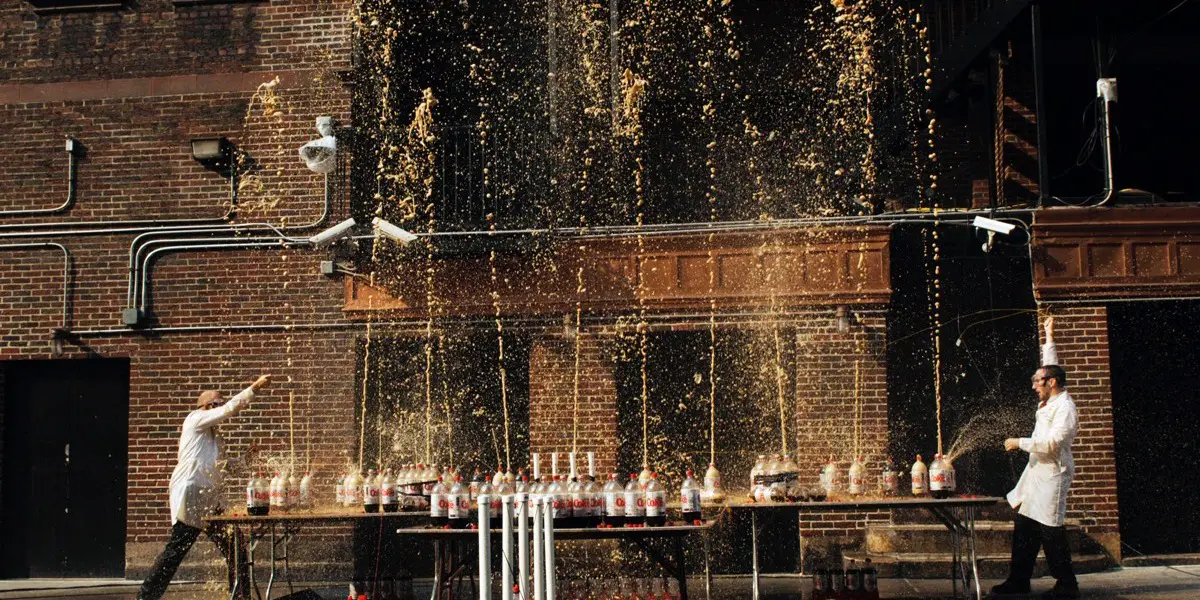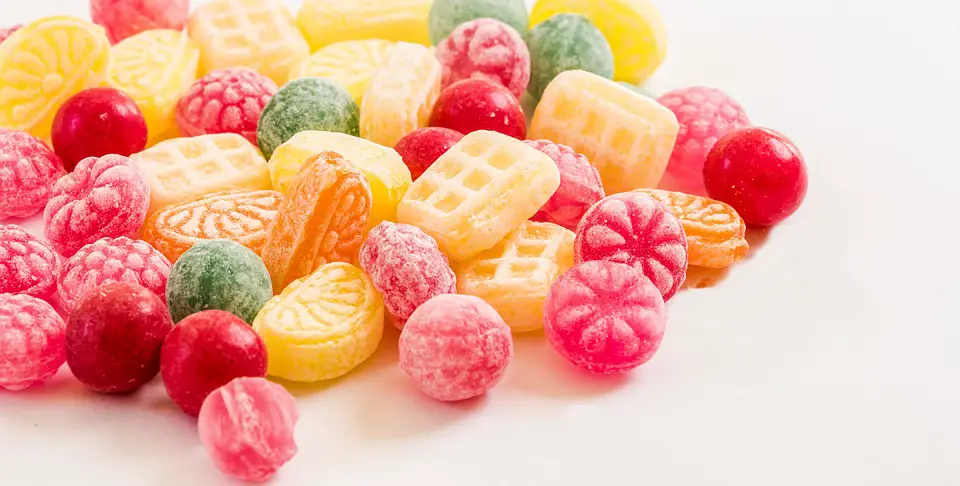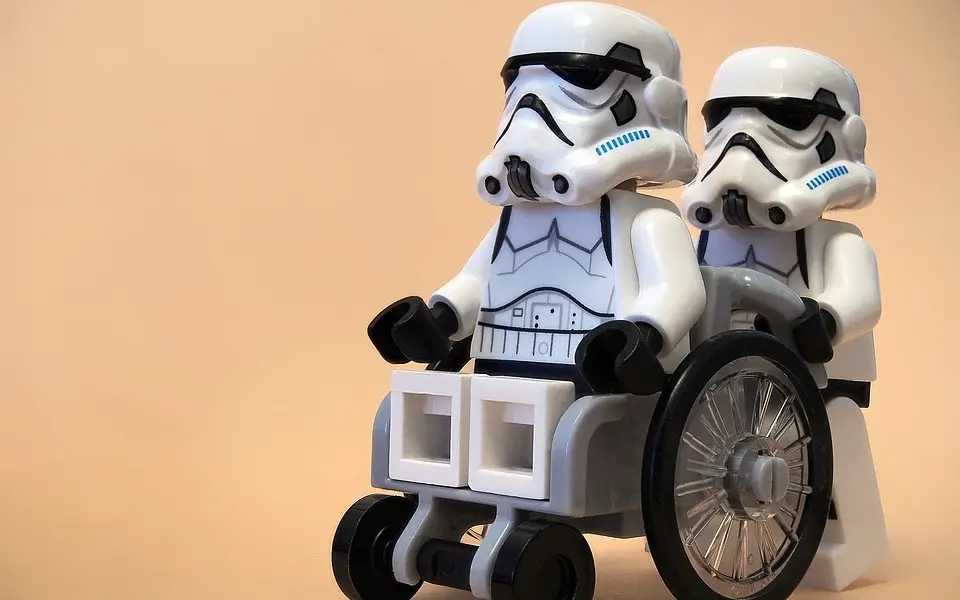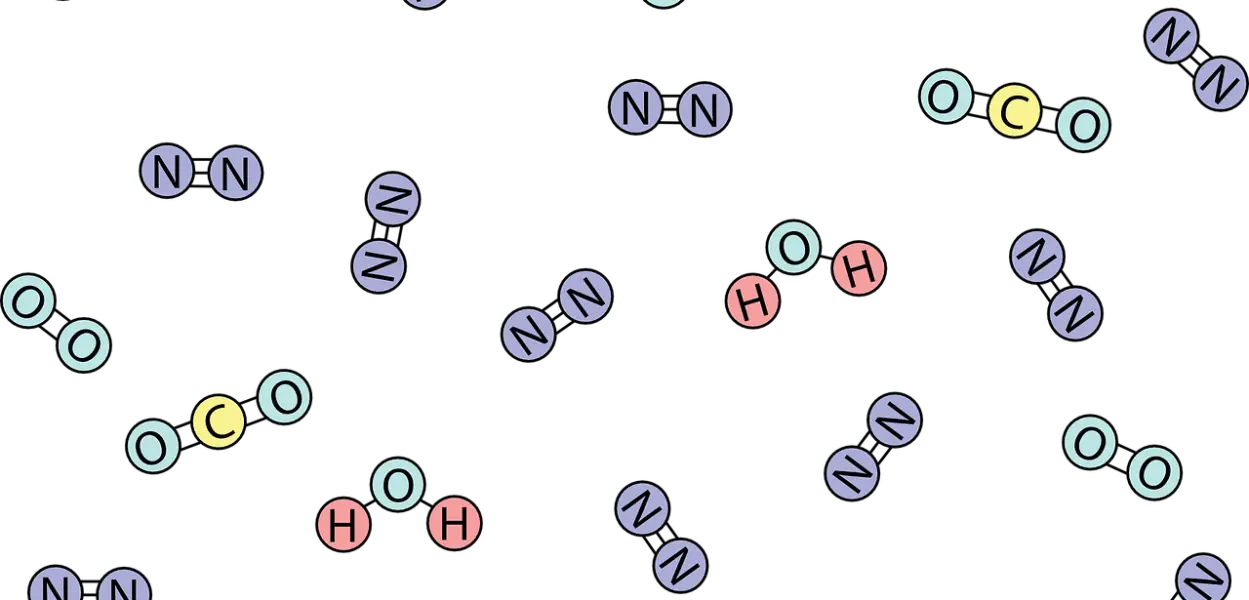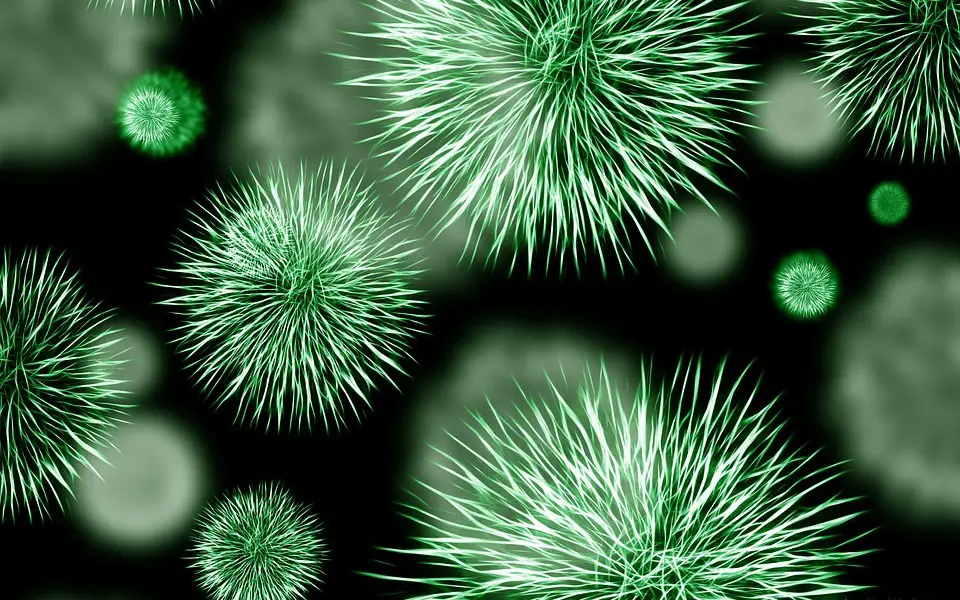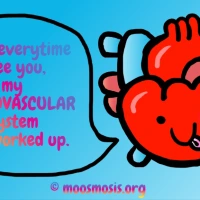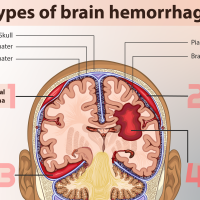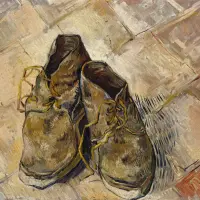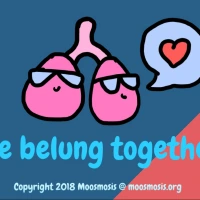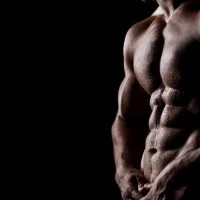Biology Major vs Chemistry Major vs Biochemistry Major in College
Choosing a major in college can be challenging! Deciding to do a biology major, a chemistry major, and a biochemistry major in college involves considering their coursework, potential career prospects, and the future opportunities they can lead to. The popularity of biology, chemistry, and biochemistry majors in college can vary based on factors such as current trends, career opportunities, individual interests, and the unique strengths of each field. Their popularity can also be influenced by cultural and societal factors.


